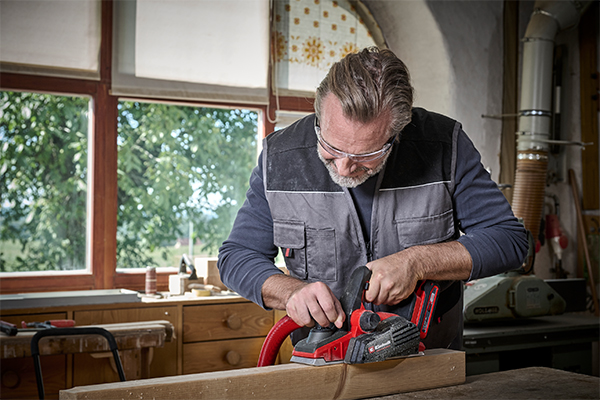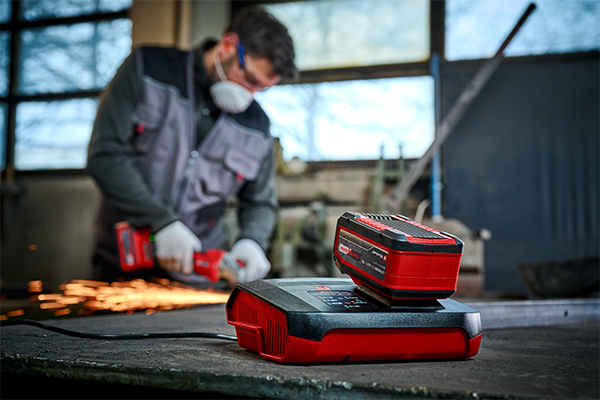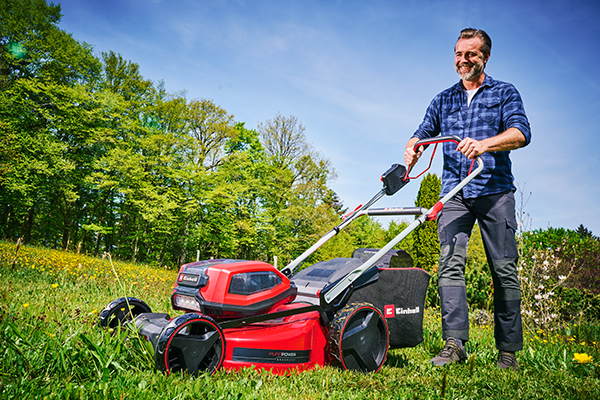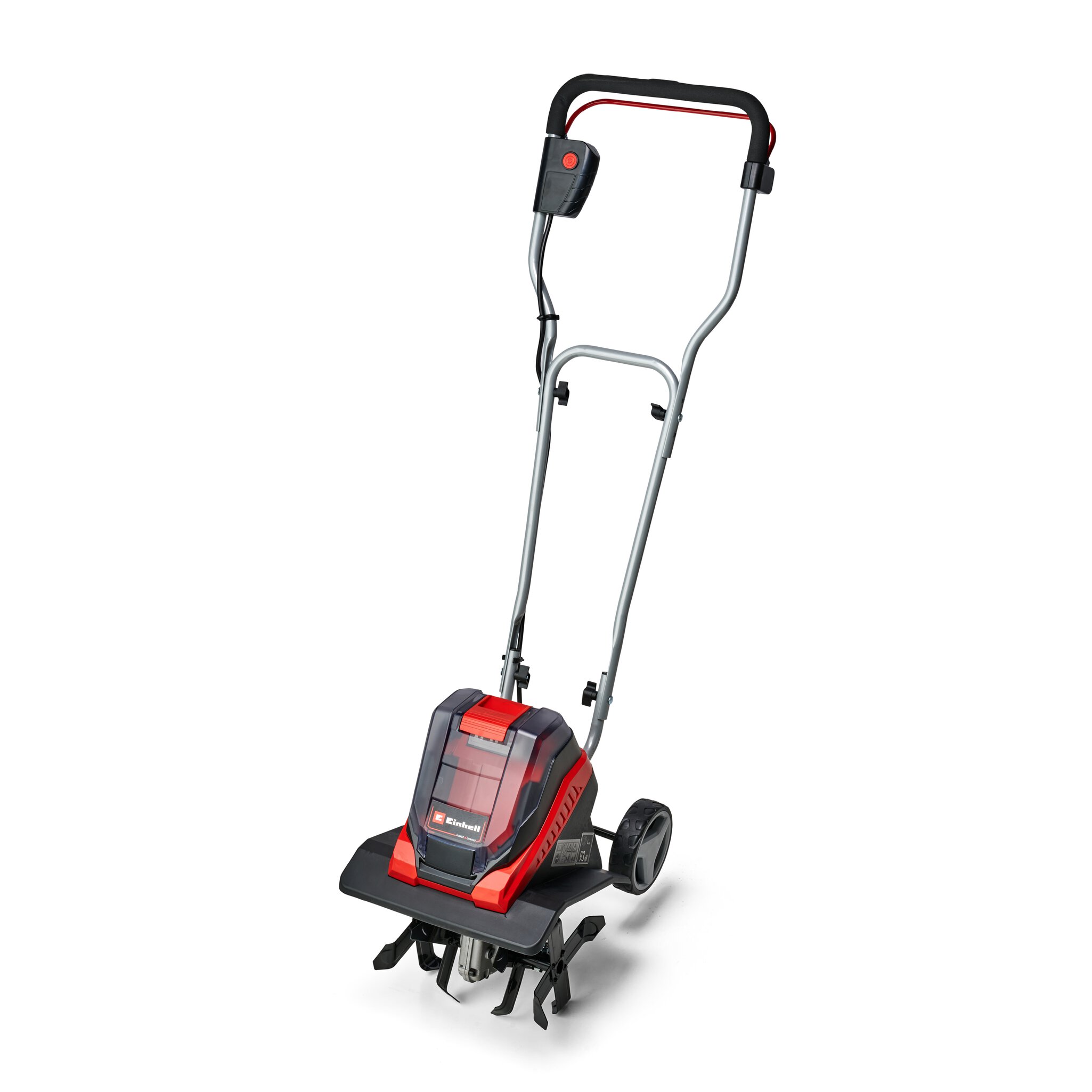Preparing the Soil with a Tiller
Slowly but surely, the days are getting longer and the sun is gaining strength. Although the nights are still cold and it’s too early to plant flowers or vegetables outdoors, it’s the perfect time to begin preparing the soil. Whether you’re planning to lay a new lawn, loosen the soil or work compost into your vegetable beds – using a spade and traditional hoe can be exhausting. Depending on the size of the area, it can also be a time-consuming task.
Fortunately, there is now a powered and muscle-friendly alternative for home gardeners – the garden tiller! In this guide, we’ll show you how to get the most out of different types of tillers in everyday use, and explain how they actually work. We’ve compiled the most important tips and information for using a tiller effectively – whether petrol-powered, battery-operated or electric.
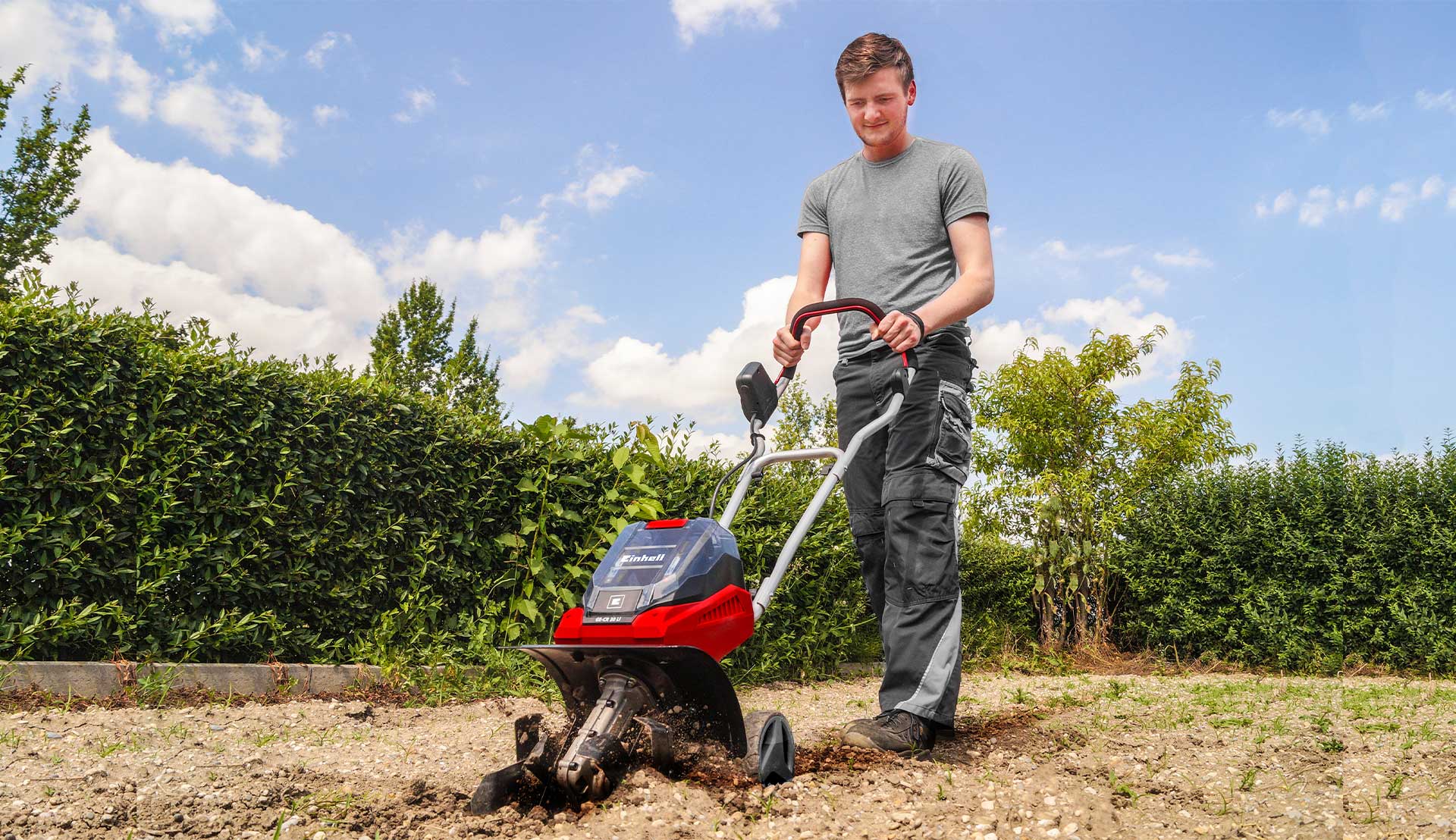
The Motorised Garden Tiller
This is where the motorised garden tiller comes in. You can choose from three types of drive systems: electric, petrol-powered, or battery-operated. The best option depends on how you plan to use it and the size of your garden. In addition to the power source, the working width – that is, the width of the tilling blades – also plays a key role. If you only want to turn over and loosen small beds, a narrower working width will suffice. However, for larger areas, a wider working width is recommended to save time and effort.
The Cordless Garden Tiller
The battery-operated garden tiller features a compact tilling unit, making it ideal for working medium-sized flower and vegetable beds. It operates very quietly, which is a particular advantage. Equipped with advanced lithium-ion batteries, the cordless tiller offers strong performance combined with excellent mobility.
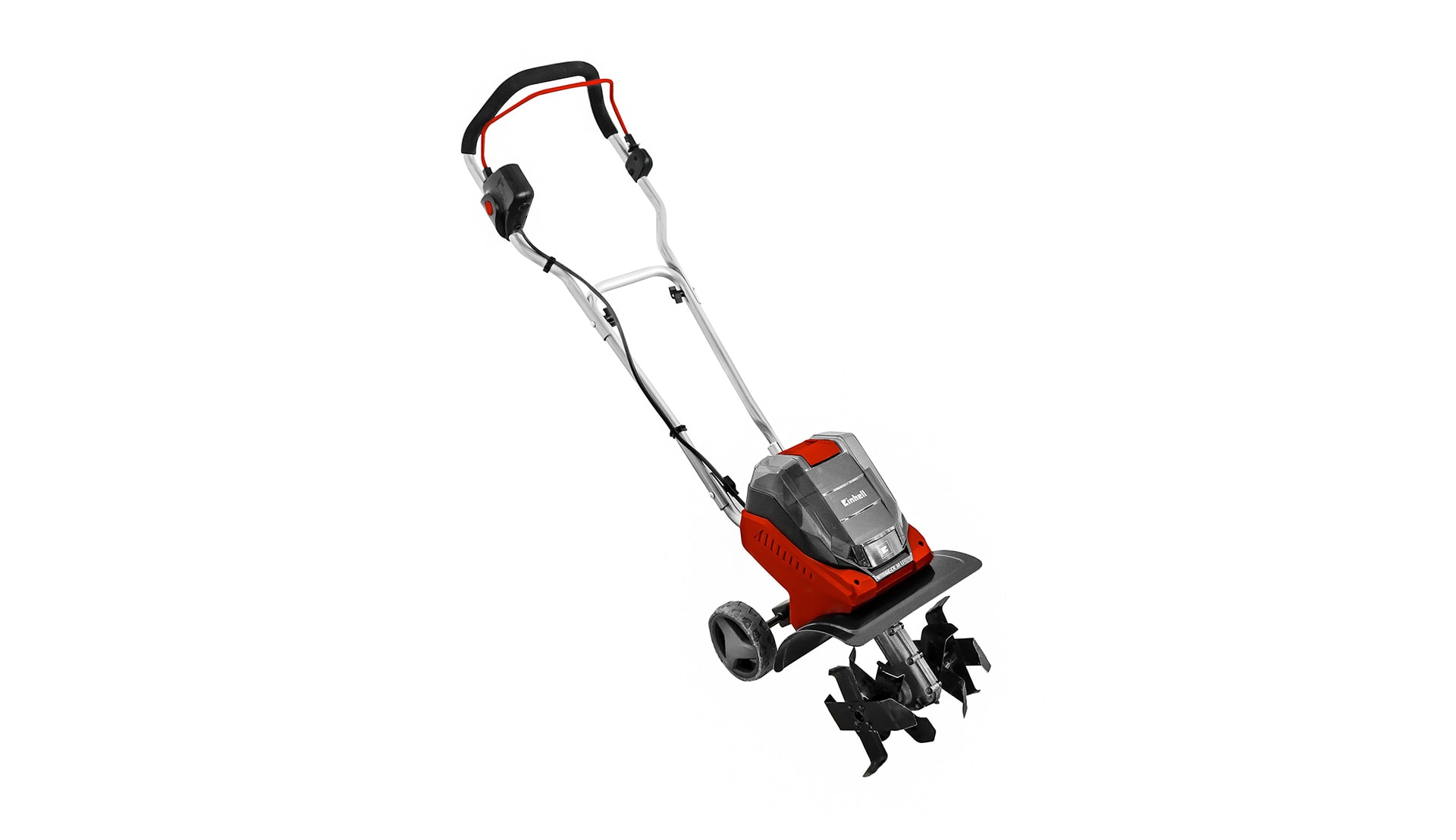
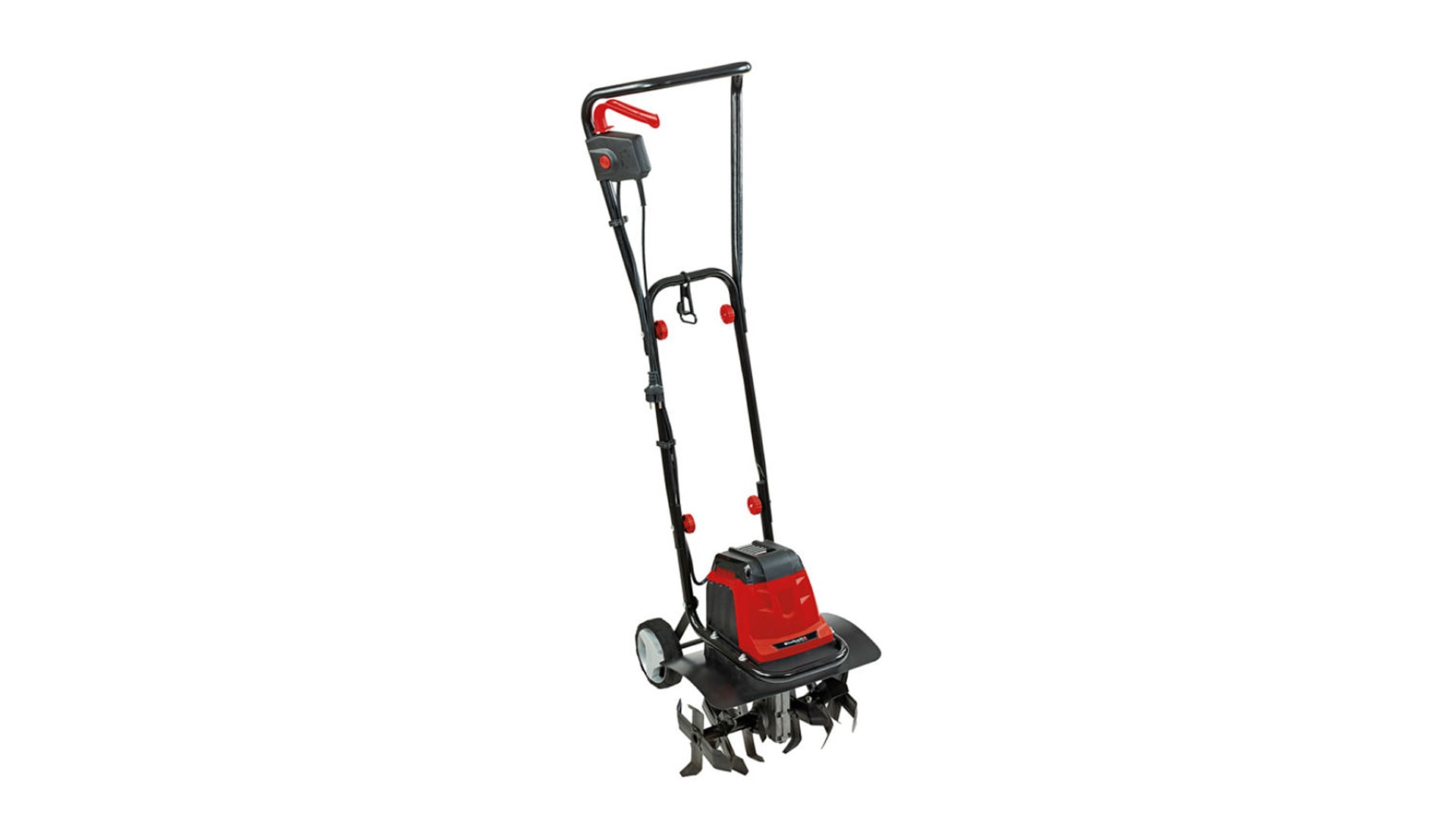
The Electric Garden Tiller
Once connected to a power source, the electric garden tiller is ready to go and provides plenty of power for working small areas and garden beds. Compared to a petrol tiller, it is lighter in weight, making it especially easy to handle and compact in design. Thanks to its continuous power supply, this type of tiller is ideal for tackling longer projects without the need for breaks.
The Petrol Garden Tiller
Planning to till large plots of land or reseed your entire lawn? The petrol-powered garden tiller operates independently of any power source, giving you complete flexibility when working in your garden. Thanks to its single-cylinder, four-stroke petrol engine, this type of tiller delivers even greater performance than battery-operated or mains-powered models. When it comes to covering large areas efficiently, the petrol tiller is clearly the superior choice.
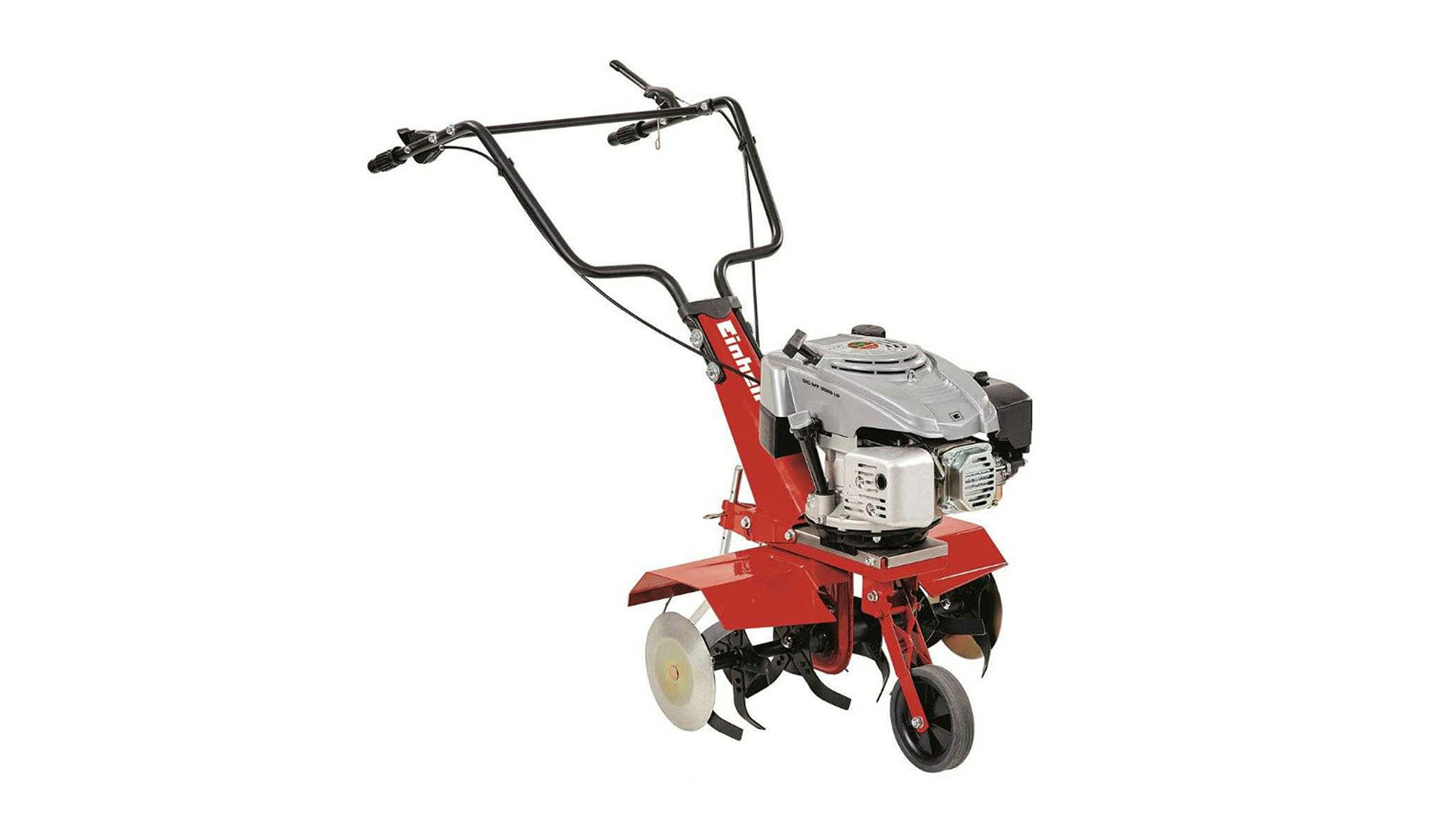
How Does a Garden Tiller Work?
At the heart of the garden tiller is a set of curved blades – known as the tilling unit – which is connected to the engine via a rotating drum. These blades effortlessly cut into the ground, slicing through the root systems of any plants in their path. At the same time, the tiller turns over the soil and breaks up large clumps of earth.
For most private gardens, an optimal working depth is around 20 centimetres – as few unwanted plants root deeper than this. Once the area has been tilled, weeds, small stones and other debris can easily be removed by hand. If you want to improve soil nutrition by incorporating compost, it’s best to spread it over the surface beforehand – the tiller will take care of mixing it in.
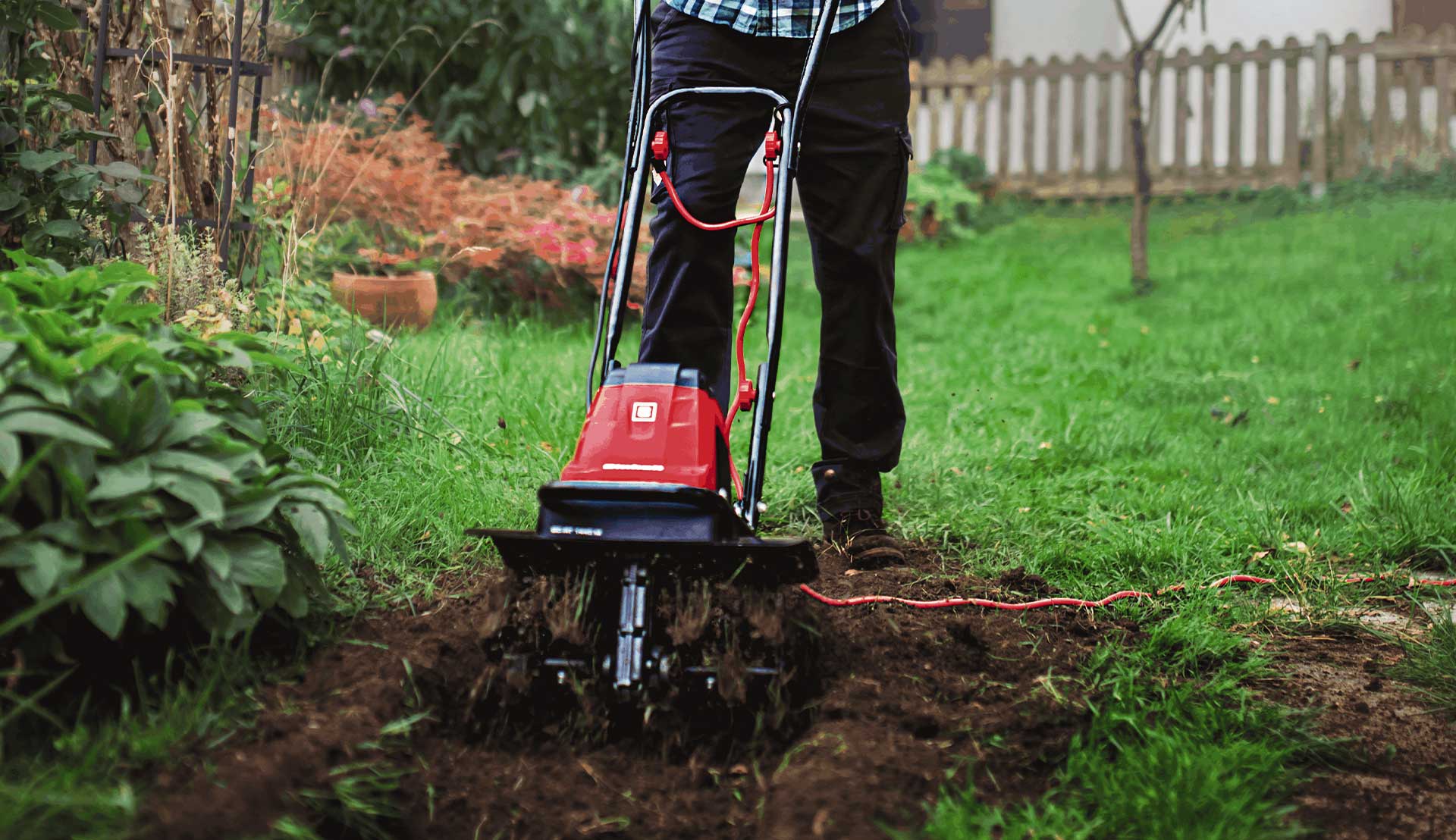
Even in heavily compacted soil – for instance, ground previously worked with machinery or used to store heavy materials – a garden tiller can be of great help. Thanks to its powerful motor, it can tackle even tough terrain, whether it’s electrically or petrol-powered. It makes light work of loosening the soil for planting crops and increases the soil’s air capacity, creating ideal conditions for healthy growth.
You’ve probably also come across the term rotavator in the context of soil preparation. While both tools are designed for cultivating soil, there are key differences between garden tillers and rotavators. Compared to a rotavator, a garden tiller is fitted with relatively short blades and uses a powerful motor to break up the soil effectively.
Garden Tip
Turning over your garden beds while night frosts are still occurring can help reduce the risk of a slug infestation in summer. The eggs of slugs and other harmful insects are relatively sensitive to frost. For this reason, they are often buried more than 10 centimetres deep in the soil. By digging over the soil, you bring these nests to the surface – where the next night frost will kill them off.
Advantages Over Manual Digging
Using traditional hand tools often puts excessive strain on your body – particularly your back – due to the bent posture required. In contrast, a garden tiller allows for a much more relaxed way of working. Thanks to an ergonomic handle with vibration damping, you can operate the tiller while standing upright, helping to prevent joint and back pain. The convenient reverse gear gives you added flexibility, allowing the tiller to adapt to your movements. You can change direction at any time without the engine letting you down.
Compared to manual tools, a garden tiller also offers a more soil-friendly approach. A depth stake slows the machine’s forward motion, enabling the blades to work the soil thoroughly at a controlled depth. The adjustable depth stake makes it easy to regulate how intensively the tiller engages with the ground.
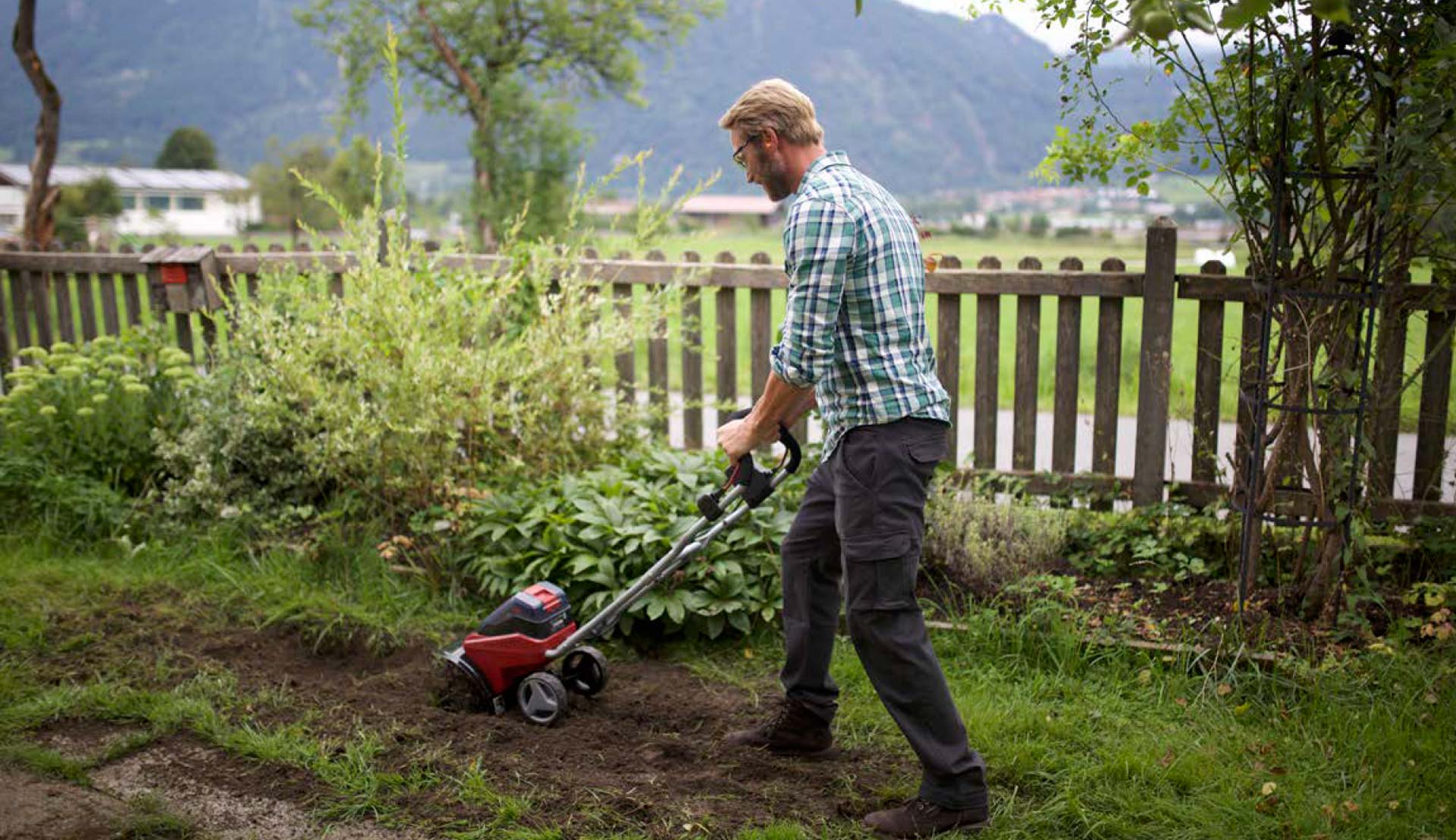
Tips for Using a Garden Tiller
By now, you’re familiar with the different types of tillers and their ideal applications. To help you get the most out of your machine, here are our top tips for using a garden tiller correctly. Keep these points in mind to work safely and efficiently:
1. Check the Fuel and Oil Levels
If the levels are already low when you start the engine, you won’t be able to work efficiently or for long periods. Also make sure the ignition cable is securely connected to the spark plug – this ensures the machine operates properly and safely.
2. Clear the Work Area of Objects and Obstacle
Stones and pieces of wood can get caught in the tilling blades and cause serious damage. If you’re using a corded electric tiller, always make sure the cable stays outside the working area. This helps prevent the blades from catching the cable and causing a short circuit.
3. Wear Protective Gear While Working
Eye, mouth and hearing protection are especially important, as particles from the loosened soil can be thrown into the air during operation. Protective gloves are an absolute must – they ensure a comfortable and secure grip on the machine. For best results, choose gloves with non-slip grip pads to handle your tiller with maximum control.
4. Clean the Tiller Thoroughly After Use
After each use, clean the tiller thoroughly. Remove all dirt and debris from the machine itself, the blades, air filter, engine and fuel tank. Regular cleaning helps keep the tiller more durable, resistant to wear, and efficient for future use. For further maintenance tips – such as how to change the spark plug or oil – refer to the user manual provided with your specific model.
Conclusion: Tilling Made Easy with a Garden Tiller
A garden tiller is the ideal tool for getting your soil into top shape. Ultimately, choosing the right model depends on where and how you plan to use it. For large areas, a petrol-powered tiller is particularly well suited. For smaller garden plots, battery-operated or electric models are the best choice for your project.

